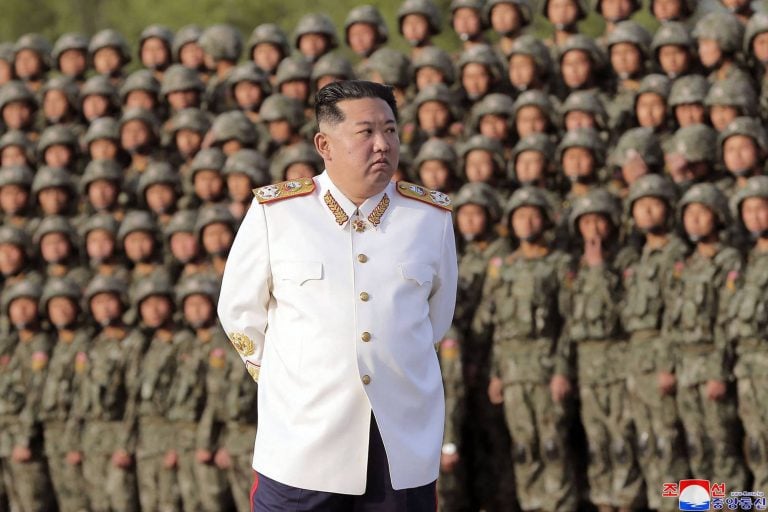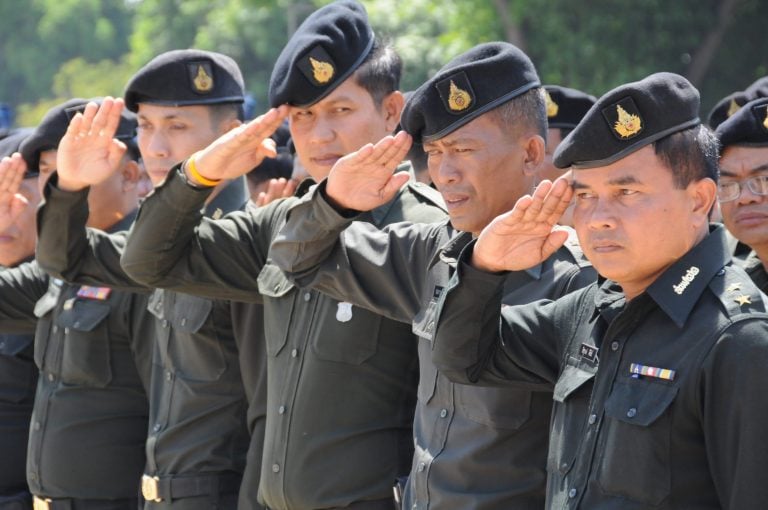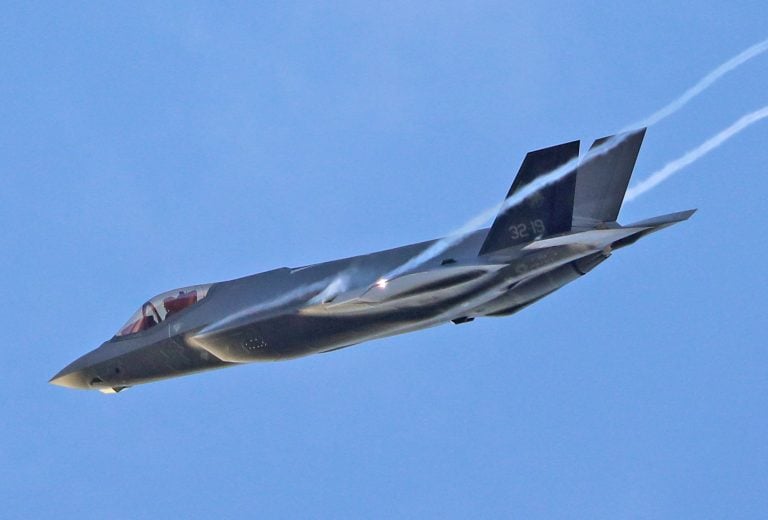The UK Ministry of Defence has disclosed that as of September 2025, a significant number of 13,113 members of the British Armed Forces are currently deemed unfit for frontline service. This classification, known as Medically Not Deployable (MND), restricts these individuals from serving in combat zones, translating to approximately one in ten active service personnel.
Defence Minister Louise Sandher-Jones highlighted that a notable portion, around 5,376 personnel (43 percent), are affected by musculoskeletal disorders. These conditions include a range of injuries such as broken bones and ligament damage. Meanwhile, mental and behavioral disorders account for 2,747 troops, or about 22 percent of those classified as MND, representing the second-largest group experiencing medical issues.
The report further enumerates other medical categories affecting deployability. Conditions such as digestive system issues, hearing problems, circulatory disorders, and various tissue conditions contribute to the figures. Interestingly, only 16 women were classified as non-deployable due to pregnancy.
Additional analysis indicates that smaller percentages of cases pertain to metabolic diseases and nervous system disorders. Respiratory, skin, and vision conditions each accounted for roughly 1 percent or less of the total, providing a comprehensive overview of the medical challenges faced by service members. The information, compiled from the Defence Medical Information Capability Program (DMICP), utilized International Classification of Diseases (ICD-10) codes to ensure consistency.
The Ministry of Defence clarified that personnel categorized as medically non-deployable are unfit for operations but may still participate in UK-based exercises. Sandher-Jones emphasized that some individuals marked as MND may not have been scheduled for deployment, suggesting that their medical conditions might not have hindered actual deployment opportunities.
Col. Phil Ingram, a former British Army intelligence officer, weighed in on the findings, stating that the statistics reflect persistent staffing challenges within the armed forces. He criticized the retention of personnel unable to deploy, arguing for a need for radical changes and more focused leadership to address the operational strengths of the military. Ingram’s comments underline the pressing need for a refreshed approach to personnel management in the context of an increasingly strained military workforce.



















